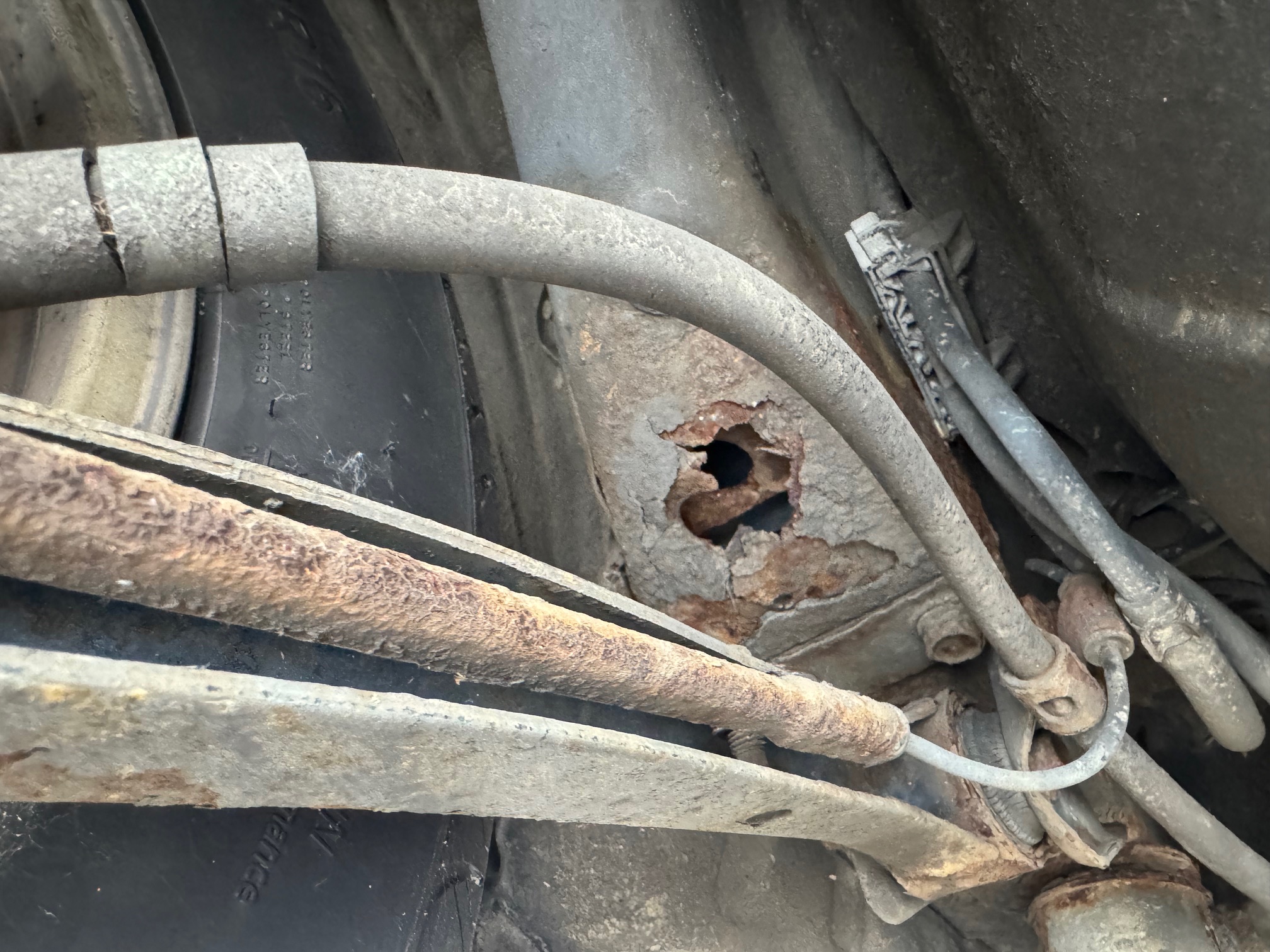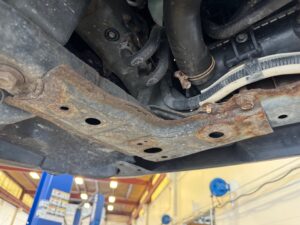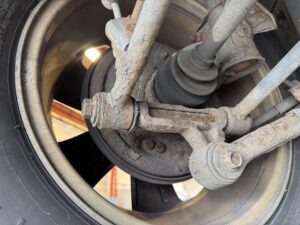
We talk a lot about how you can get as many miles as possible out of your Subaru by following good maintenance guidelines, taking care of things when they are still minor issues before they get to be a major catastrophic event.
This obviously starts with a proper oil change schedule and also includes things like intermediate services and the more major services to be done at 30 and 60 and 90 K.
But how do you know when it’s time to stop investing money into your Subaru? Some drivers hate change and just like driving what they know, others want the latest and perceived greatest. Knowing what you own is super important a good example is in my opinion a 2011-2014 Outback with a 3.6l and 5 speed Automatic should be driven as long as possible its a great car with very reliable drivetrain. A 2011 Subaru Forester approaching 250k and needing something major, not so much. While there are lots of reasons to keep and even more to move on I just want to point out the most common things we see and those are rust and expensive repairs that may only be the first of a couple.
There are lots of reasons to move on from the car. This includes it no longer fits your lifestyle. This would be true if say you have a Subaru Impreza or Subaru Crosstrek and have a growing family you need more space that might put you into an Outback or maybe a Forester but in some situations as your family continues to grow a couple of kids and a dog seems like a lot sometimes even in an Outback.
One of the things I truly hate seeing is when a customer is forced to make a decision after a car has had some sort of major event, including engine or transmission failure on whether or not they should invest a large sum of money into keeping it the decision to move on should’ve been made prior to the failure of an engine requiring a possible five figure investment to keep it on the road. We see this a lot when somebody has a Subaru STI but also now has a family. My point here is it’s better not to wait until you’re forced to make a decision.
While there may be some mitigating circumstances, it’s almost always unwise to go down the path of repair on a vehicle that you don’t intend to keep and while in some situations shelling out the money for a large repair is a wise investment if the car still suits your needs and you can see yourself keeping it for another 5 to 10 years. It’s always going to cost less money to keep what you already own versus starting the clock over on something new that no doubt comes with car payments and higher insurance rates and if just a new to you used Subaru potentially has its own set of problems yet to be discovered.
Having a good relationship with the shop that you trust to tell you whether or not investing in the car you have is a sound decision is key to making sure that you get as much out of your Subaru as possible, but don’t go past the tipping point to where there’s no value in the money that you’re spending. A modern example of this is say a 2013-17 Subaru with a CVT transmission and 150 to 170,000 miles that needs a major engine reseal, a good independent Subaru shop is always going to try to evaluate whether or not, it’s had CVT repairs or replacement in the past as part of a conversation about its current engine repair needs. This way they can advise their customer best about whether or not this makes sense to do. I must point out that if you have a pre-2017 Subaru with the CVT and it’s not been done there’s a high likelihood that it may need to be done in the future and I want you to factor that into your decision-making. This is especially true if it’s a car that we have not seen in the past and are not able to test drive as it suffered engine failure or the like and the Subaru has been towed into our shop.
Another case for not repairing a Subaru is rust. Over the last decade in the Puget Sound area. We’ve started treating the roads with harsher chemicals that unfortunately, as a result, have created situations that they have seen in the Midwest or the Rust Belt area of the United States for decades where cars due to rust have a shorter useful life. Rust can be a huge detriment to a vehicle by making repair processes take longer and ultimately creating safety issues
Look at the frame on the Subaru Forester pictured below when a frame gets like this there’s no way this car is going to handle an accident properly and no, you shouldn’t be in it. This is where our whole car every car philosophy, while sometimes can be off putting to a new customer is really aimed at making sure that you’re making solid decisions based on a good quality inspection that’s aimed at letting you know whether or not the car that we’re talking about in front of us right now is worthy of continued investment. When a car gets like this, it should no longer have any money put into it and a replacement program should be implemented as soon as possible. There is an old saying that accidents happen closest to home so even if you were to use this car locally and not take it on longer trips you’re still at risk or something happening that could be incredibly unfortunate and yes, I very much see this as a reason a vehicle should no longer be on the road. I really wanna point out how common it is for things like this to go unnoticed at other repair shops and sometimes we are the first people to bring it up to one of our customers like hey “did you know your car is very rusty?” Only to hear back “well no the dealer never said anything about that when they just did my k service”. I wanna emphasize that not every vehicle that has some rust will ever get to the point like this one with the frame rusted but it’s very possible. There are used car dealerships in the Puget Sound area whose entire business model is to buy low mileage vehicles from the rust belt area of our country and bring them to the Pacific Northwest and sell them. This is the reason that Kelly blue book requires the ZIP Code when factoring the value of a vehicle. A 2018 Subaru that’s lived its whole life in Iowa or Michigan is just not gonna have as much value as one that’s always been in the Pacific Northwest as an example.




Customers of All Wheel Drive Auto never have to ask us to look for rust as that is something our staff is trained on. The Subaru Forester that I pictured in this article is one that we helped the customer avoid putting any more money into. It would’ve been all too easy to make the needed repairs and merely let them know the vehicle has some rust, but that wouldn’t have been the right decision for the customer without knowing just how bad the rust had become.
The last thing we want is for you to ever be in a situation where your Subaru didn’t hold up in an accident. We take care of your Subaru so your Subaru takes care of you. Sometimes that includes advising you to move on from your Subaru.
Thanks for reading
-Justin